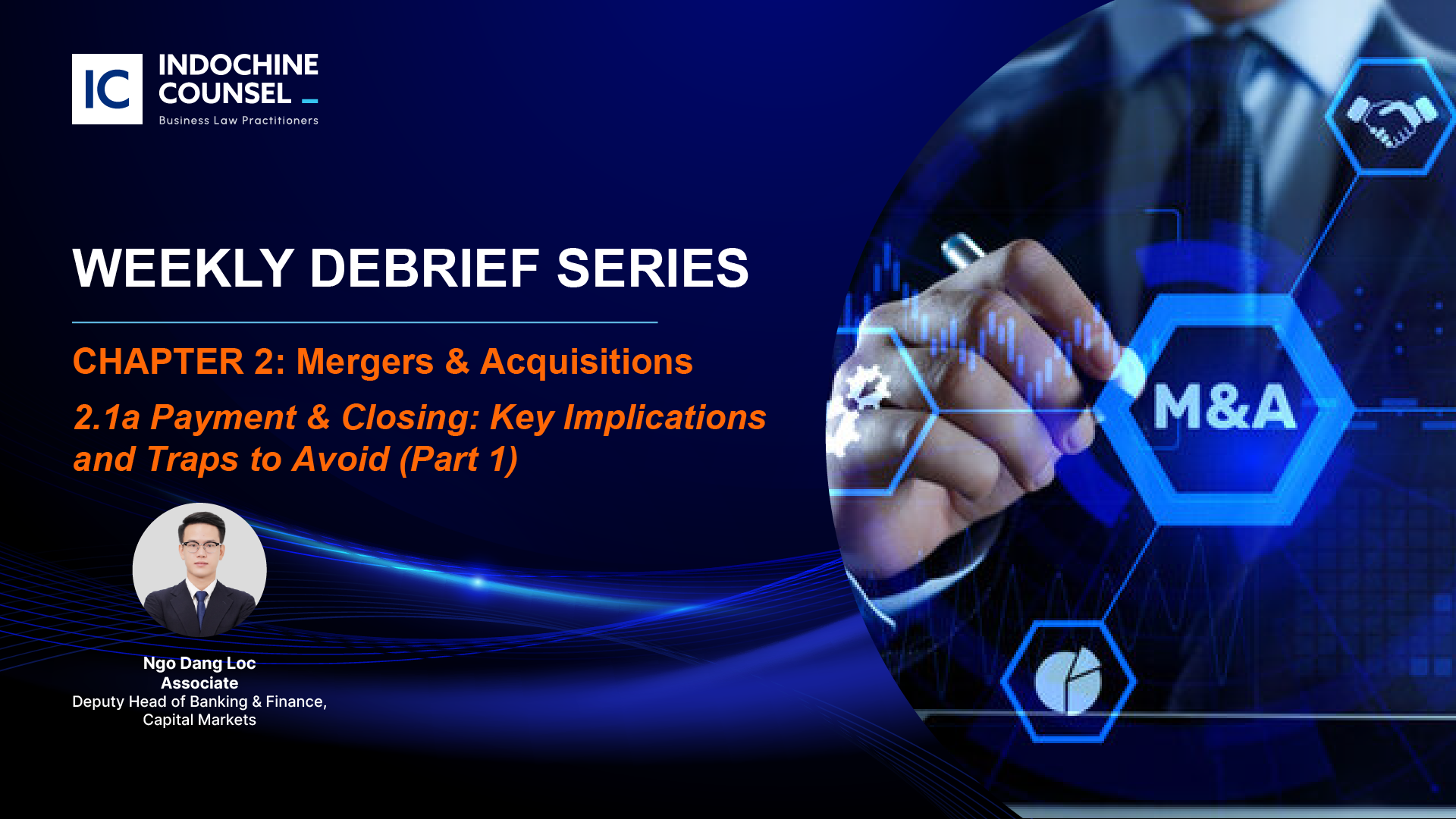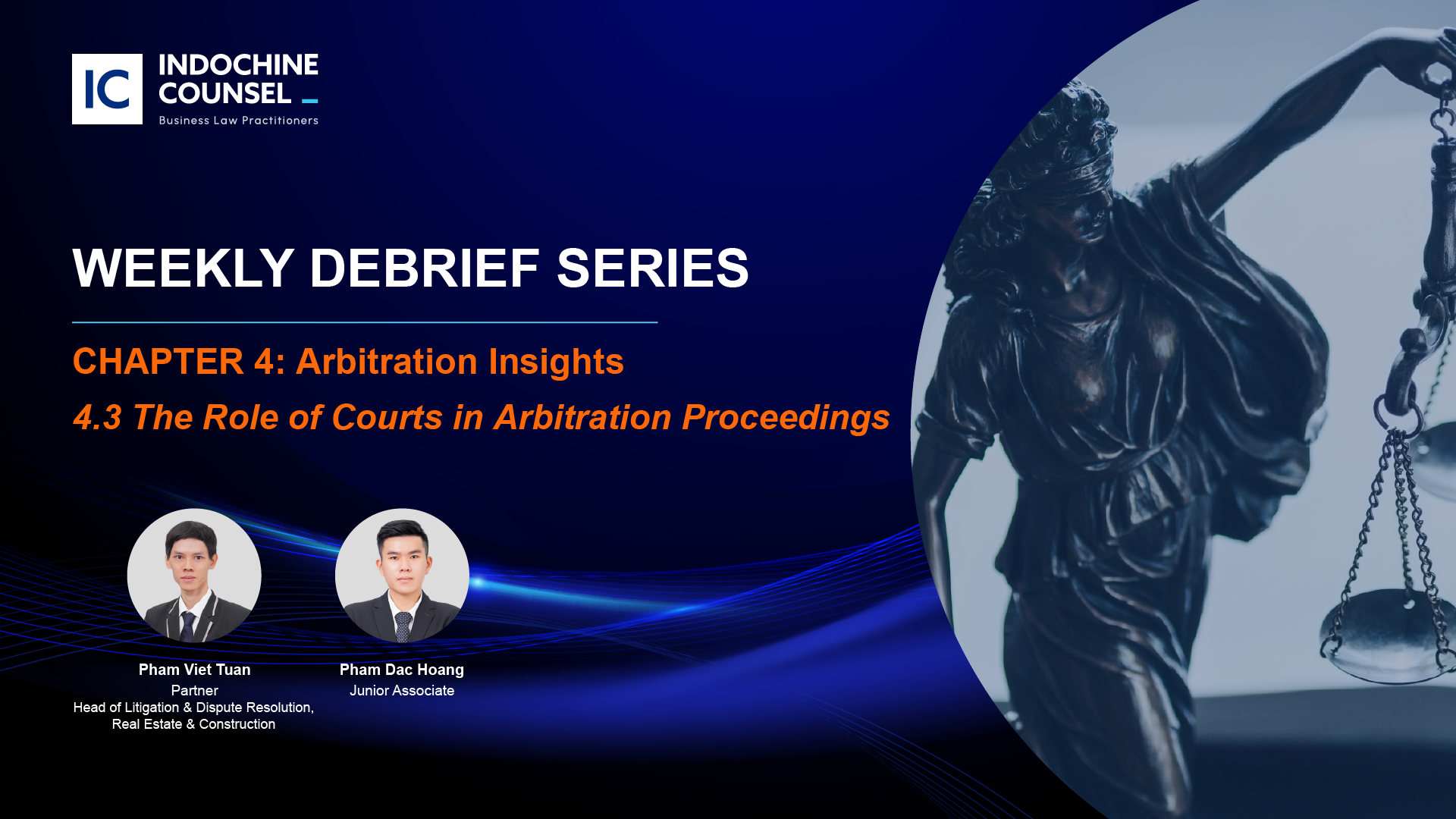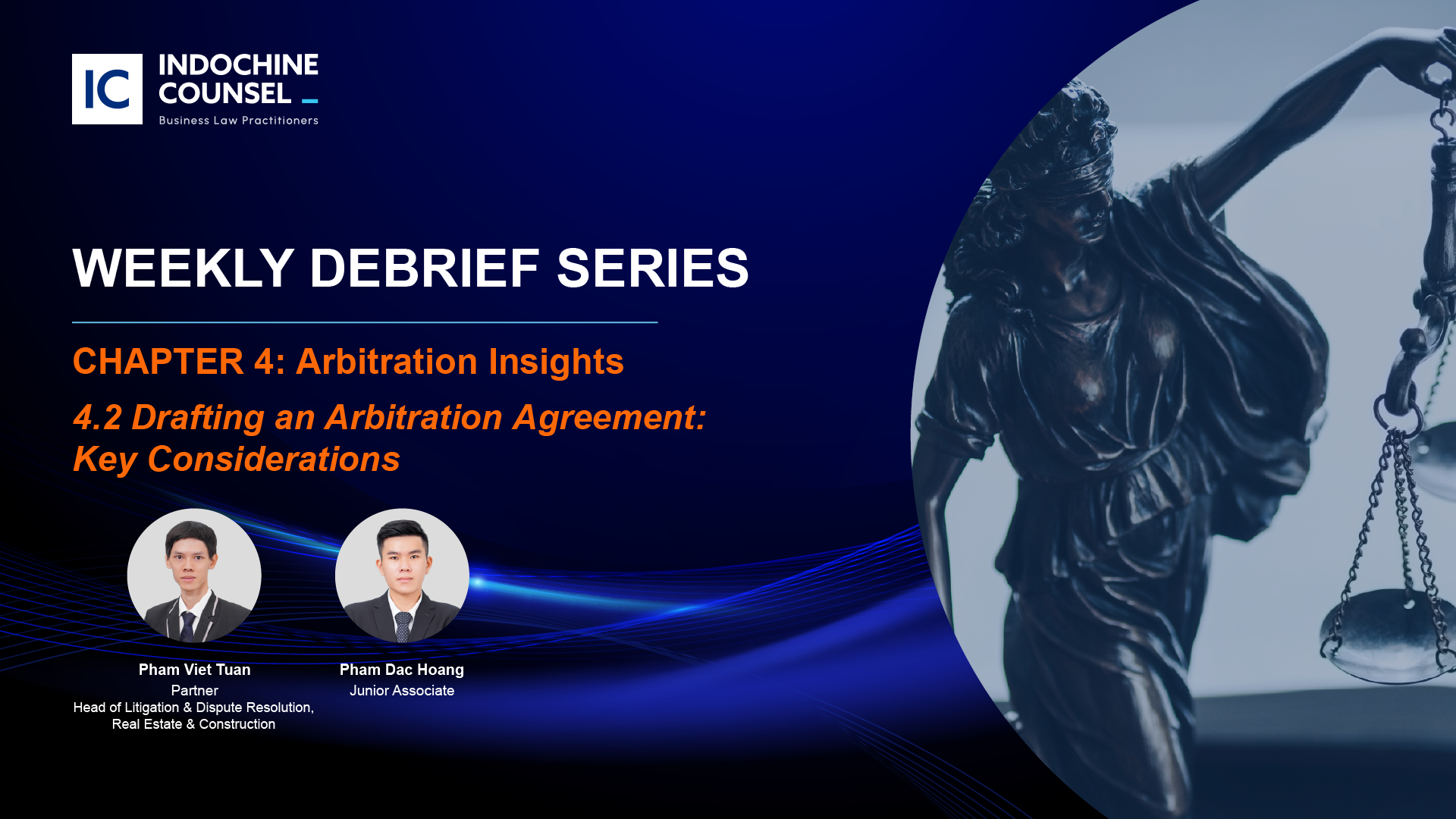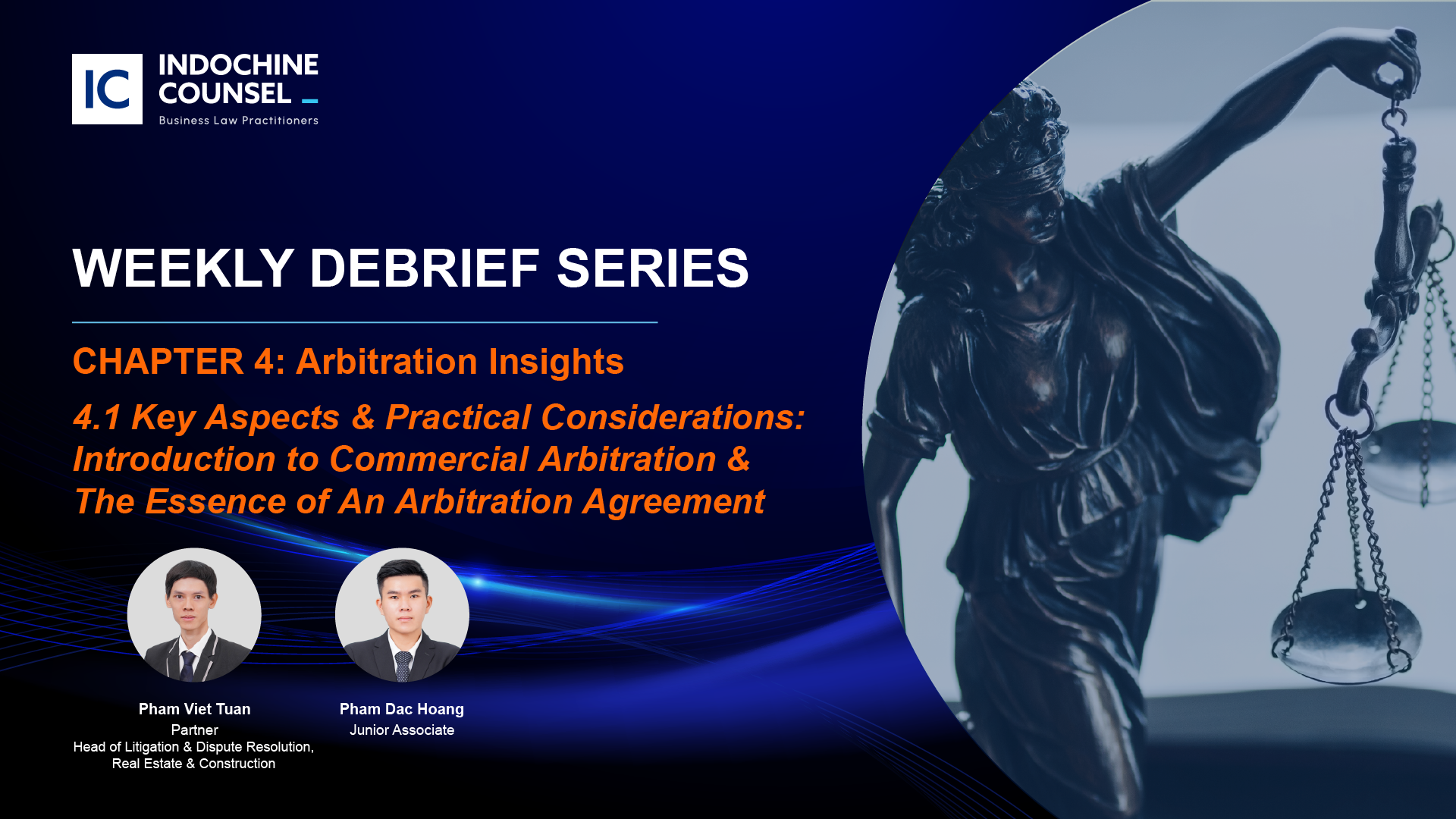
Successfully navigating payment and closing in M&A transactions requires attention to a range of complex issues, from structuring payment mechanisms to complying with licensing and foreign exchange regulations. These factors are critical in Vietnam, where regulatory nuances and closing timelines can expose procedural hurdles and significant risks. For both buyers and sellers, understanding these key issues can minimize delays and disputes, ensuring a smoother transaction process.
Payment Mechanisms
In an M&A transaction, after lengthy phases of due diligence and negotiation, the seller generally wants to receive full consideration as quickly as possible upon signing. In contrast, the buyer typically prefers to defer payment until closing and may further wish to retain part of the payment to address potential post-closing risks. In practice, sellers usually request a partial payment at signing, often as a deposit, while buyers seek assurances that they can recover this deposit (and possibly an additional penalty) if the transaction does not complete. Sellers also tend to request that all remaining payment be made upon closing, whereas the buyer’s concern is to ensure the seller’s compliance with post-closing obligations, commitments, and indemnities.
To reconcile these interests, common payment structures such as conditional or milestone-based instalments, holdbacks, earn-outs, escrow accounts, and bank guarantees are frequently employed in M&A transactions. Failure to use or properly apply these mechanisms can lead to timing issues, disputes, and financial risk. For example, without a bank guarantee or holdback arrangement, the buyer may face challenges in recovering the deposit if conditions precedent are not met or in claiming indemnities if the seller breaches post-closing conditions, representations, or warranties. Additionally, vague payment milestones or unclear release conditions in escrow agreements can delay the seller’s receipt of the consideration.
A well-structured and explicit payment mechanism should align with the unique expectations of both parties while mitigating unforeseen risks. Terms in ancillary agreements, such as escrow or bank guarantee agreements, should be fully consistent with the main transaction document’s payment terms to prevent unnecessary disputes and timing complications.
Price Adjustments
Price adjustment terms in M&A transactions are crucial for reflecting the agreed financial position of the target company at closing. These adjustments commonly account for variations in working capital, debt, EBITDA or other financial metrics that may change between signing and closing. However, vague or overly general terms around price adjustments can lead to disputes and misunderstandings, as each party may interpret the calculations differently, resulting in delayed payments and extended negotiations.
Price adjustments should be clearly defined in the contract, including scope, metrics, timelines, and calculation methods. For instance, specifying the exact financial metrics subject to adjustment and setting a clear formula for calculating the adjustments will reduce room for interpretation. A well-drafted contract may also include a worked example of the adjustment calculation, enhancing clarity and providing both parties with a concrete reference.
To further reduce the risk of disputes, it is often prudent to appoint a neutral third-party auditor or accounting firm to verify the financial reconciliations post-closing. This can help ensure that adjustments are calculated impartially and according to the agreed terms, protecting both parties from potential conflicts over post-closing financial changes.
—
From these points above, we can see that in the complex landscape of M&A transactions, a well-structured approach to payment and closing terms can be the difference between a seamless transaction and a contentious, delayed process. By carefully addressing payment mechanisms and price adjustments, both buyers and sellers can protect their interests, minimize risks and avoid potential disputes.
And this also wraps up Part 1 where we addressed key considerations in Payment Mechanisms and Price Adjustments.
Stay tuned for Part 2 as we turn to Licensing Procedures and Foreign Exchange Compliance – also the critical points to keep in mind for a seamless closing in Vietnam’s M&A market.









